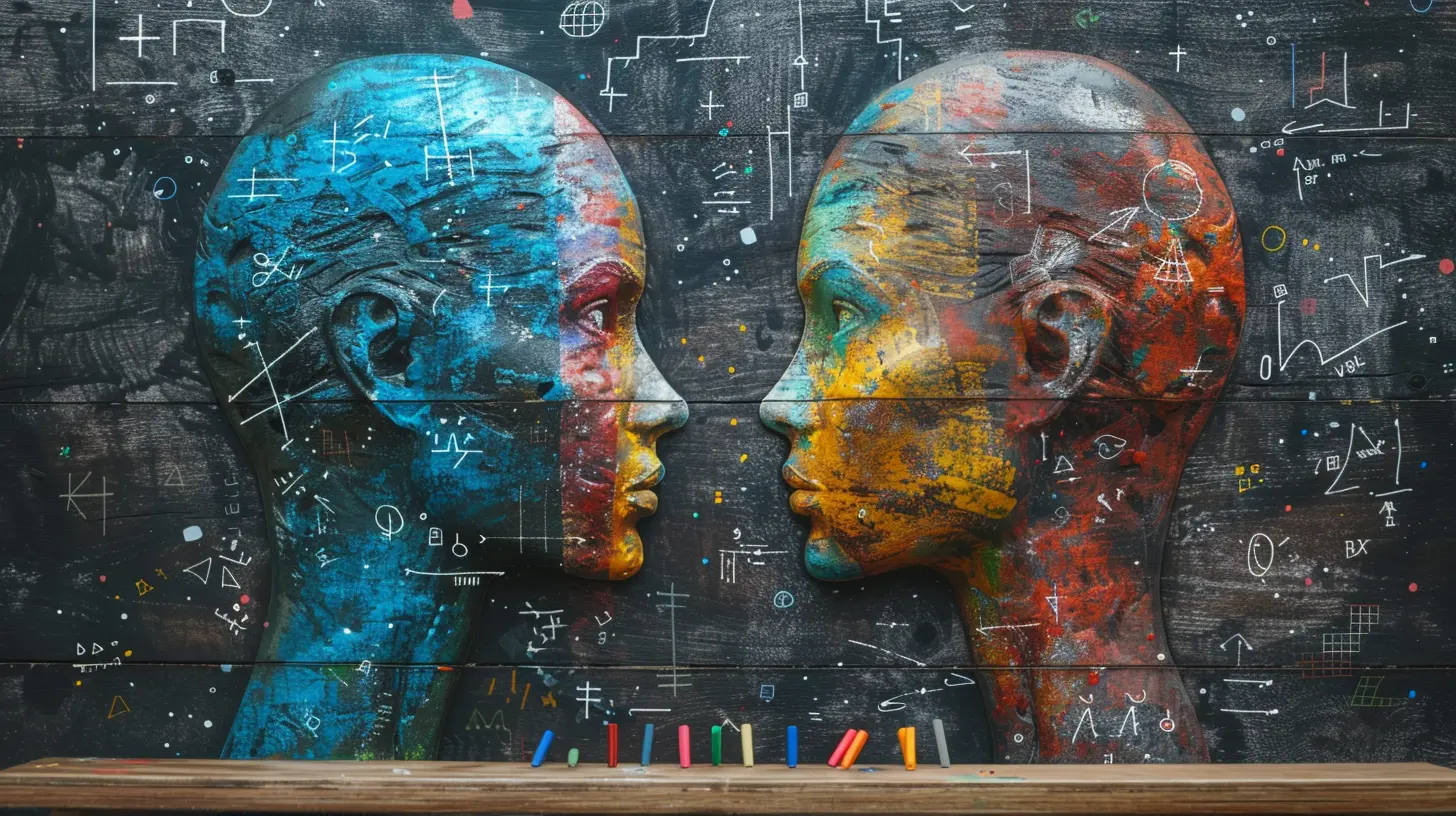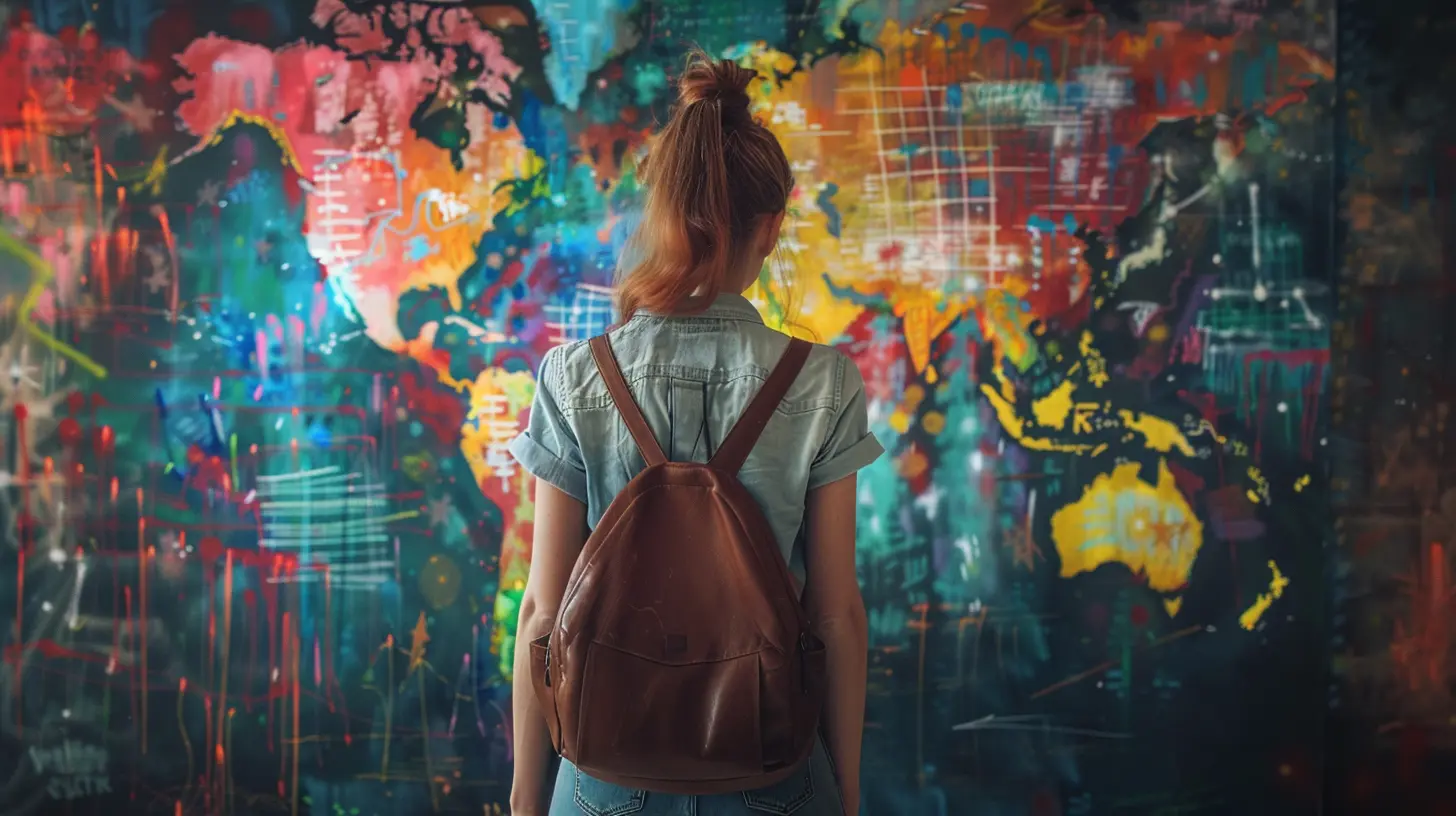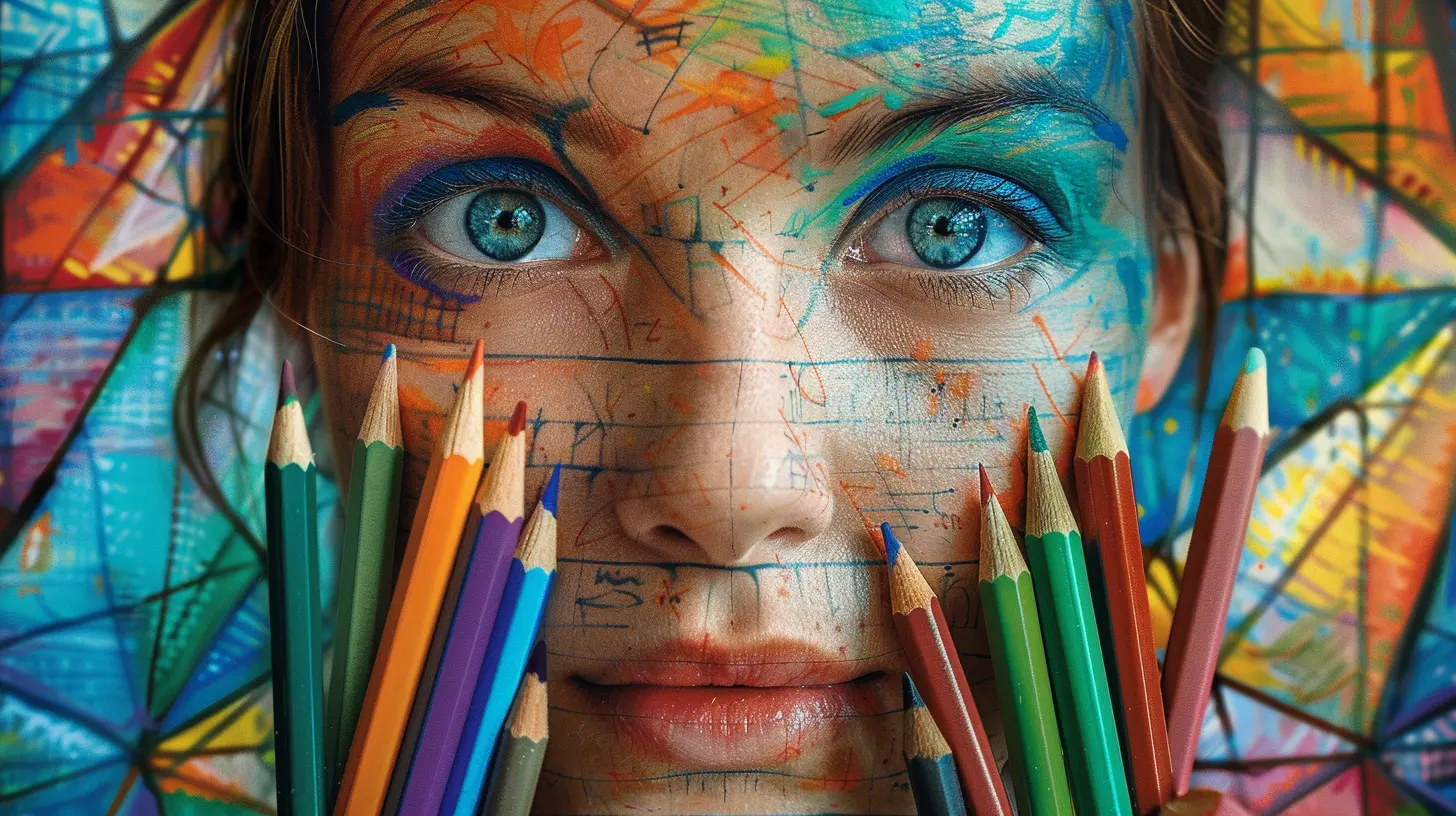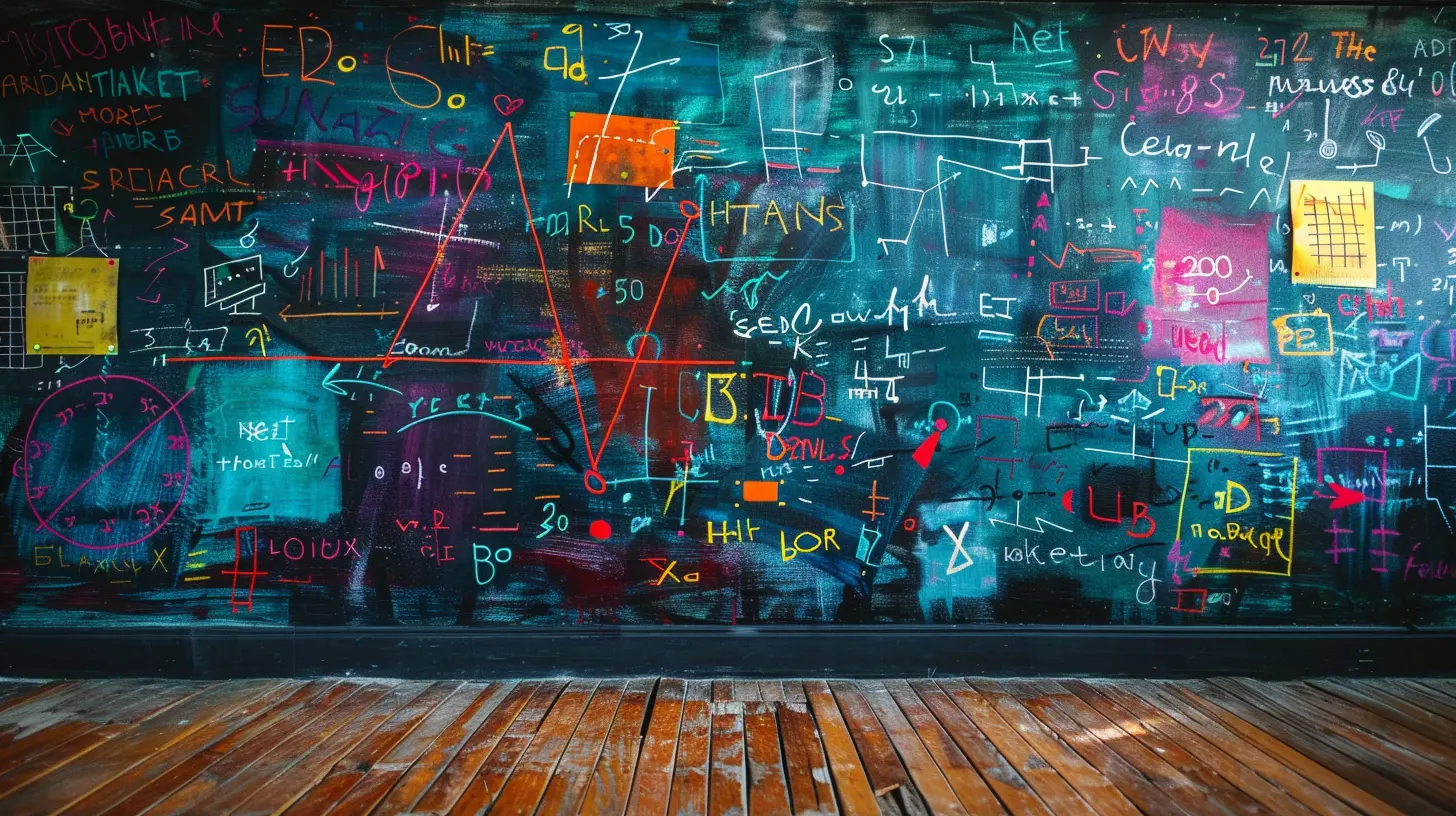Exploring the Relationship Between Math and Art
22 November 2025
Math and art might seem like two completely different worlds—one filled with numbers, formulas, and logic, the other bursting with creativity and self-expression. But what if I told you that they are more connected than you might think? From the precise symmetry in Renaissance paintings to the patterns in Islamic art, math plays a huge role in artistic creation.
Whether you're a mathematician who loves to doodle or an artist who secretly enjoys a good geometry problem, there's a fascinating overlap between these two fields. Let’s dive into this intriguing connection and see how math and art influence each other in unexpected ways.

The Connection Between Math and Art
At first glance, math and art may seem like polar opposites—but they're actually two sides of the same coin. Math provides structure, proportion, and symmetry, while art brings emotion, expression, and creativity. Together, they create harmony.Think about some of the most famous works of art in history; many of them rely heavily on mathematical principles. Artists use patterns, symmetry, geometry, and proportions to bring balance and beauty to their masterpieces. At the same time, mathematicians often use visual representations to explain complex concepts.
This relationship isn't just a modern discovery—it has roots in ancient history.

Math in Art Throughout History
1. The Golden Ratio in Renaissance Art
Have you ever looked at a painting and felt like everything just fits perfectly? That might be because of the Golden Ratio. This mathematical principle—represented by the number 1.618—has been used by artists and architects for centuries.The Golden Ratio, also called Phi (Φ), creates visually satisfying compositions by dividing a space into sections that are naturally pleasing to the eye. Renaissance artists like Leonardo da Vinci used it extensively in their masterpieces, including the famous Mona Lisa. The proportions of her face and body align perfectly with the Golden Ratio, making it one of the most aesthetically pleasing portraits ever created.
2. Geometry in Islamic Art
Islamic art is another fantastic example of math and art merging beautifully. Because Islamic teachings discourage the depiction of human figures, artists turned to intricate geometric patterns to express creativity.These designs often feature repeating symmetrical shapes, tessellations, and star polygons, all of which are based on mathematical principles. The mesmerizing tilework in mosques and palaces is a testament to how math can be transformed into breathtaking visual art.
3. Perspective in Renaissance Paintings
Before the 15th century, paintings often looked flat and lacked depth. But then, artists like Filippo Brunelleschi and Leonardo da Vinci discovered linear perspective, which allowed them to create a sense of depth and dimension.By using vanishing points, horizon lines, and converging lines, they developed a mathematical technique that made two-dimensional paintings appear three-dimensional. This revolutionized the way artists portrayed the world, giving their work a more realistic and immersive feel.

How Modern Artists Use Math
Fast forward to today, and math continues to play a crucial role in the world of art. From digital design to architecture, artists rely on mathematical concepts to bring their creative visions to life.1. Fractals in Digital Art
Have you ever seen those stunning, swirling patterns that seem to go on forever? Those are called fractals, and they're pure math in motion. Fractals are infinite patterns that repeat at different scales, creating intricate, self-replicating designs.Digital artists and graphic designers use fractal algorithms to generate mind-blowing visuals. These patterns are also found in nature—think of snowflakes, tree branches, and even the structure of galaxies.
2. Symmetry in Graphic Design
Graphic designers often apply the principles of symmetry and proportion to create visually balanced compositions. Logos, posters, and website layouts are all designed using grids, symmetry, and spacing rules that come straight from mathematical concepts.Ever noticed how some logos just feel right? That’s because they often follow the rule of thirds or the Fibonacci sequence, ensuring a balanced and aesthetically pleasing design.
3. Parametric Architecture
In modern architecture, mathematical formulas play a huge role in designing futuristic buildings. Parametric design, a technique that uses algorithms to create complex structures, allows architects to explore new possibilities.Think about iconic buildings like the Guggenheim Museum in Bilbao or the Beijing National Stadium. These stunning structures rely on mathematical calculations to achieve their intricate, unconventional designs.

The Role of Art in Understanding Math
It’s not just about math influencing art—art can also help us understand math better! Many students struggle with abstract math concepts, but visual representation makes learning easier.1. Visualizing Mathematical Concepts
Art can make complex mathematical ideas more accessible. By using drawings, sketches, and models, teachers can explain concepts like geometry, algebra, and calculus in a way that makes sense.For example, visualizing a sine wave as a moving art form can help students grasp trigonometry more intuitively. Similarly, using origami to explore geometric properties makes learning math interactive and fun.
2. Enhancing Problem-Solving Skills
Art encourages creative thinking and problem-solving, both of which are vital in mathematics. When artists and designers experiment with patterns, symmetry, and structures, they engage in the same analytical thinking used to solve mathematical equations.3. Bringing Abstract Math to Life
Have you ever seen mathematical sculptures? Artists like M.C. Escher created mind-bending artworks that play with mathematical concepts like infinity, symmetry, and impossible geometry. His famous piece, Relativity, challenges our perception of space, making us question what we think we know about dimensions.Can You Be Both an Artist and a Mathematician?
Absolutely! There's a common misconception that people are either "left-brained" (logical and analytical) or "right-brained" (creative and artistic). But in reality, both sides of the brain work together in many ways.Many famous people throughout history have been both artists and mathematicians. Take Leonardo da Vinci—he wasn't just an incredible artist; he was also a brilliant mathematician, scientist, and engineer. His notebooks are filled with mathematical sketches, studies of proportion, and geometric shapes.
Even today, professions like animation, architecture, graphic design, and computer science require a blend of both artistic creativity and mathematical logic.
Conclusion: A Perfect Pairing
Math and art might seem like distant relatives, but they are deeply connected. Math provides the structure, while art brings the imagination. Whether it’s the Golden Ratio in classical paintings, fractals in digital art, or symmetry in design, these two fields constantly inspire and enhance each other.So the next time you're solving a math problem or creating an artwork, remember—you’re engaging with both logic and creativity. Math and art aren’t rivals; they’re partners in shaping the world around us.
all images in this post were generated using AI tools
Category:
Math SkillsAuthor:

Bethany Hudson

